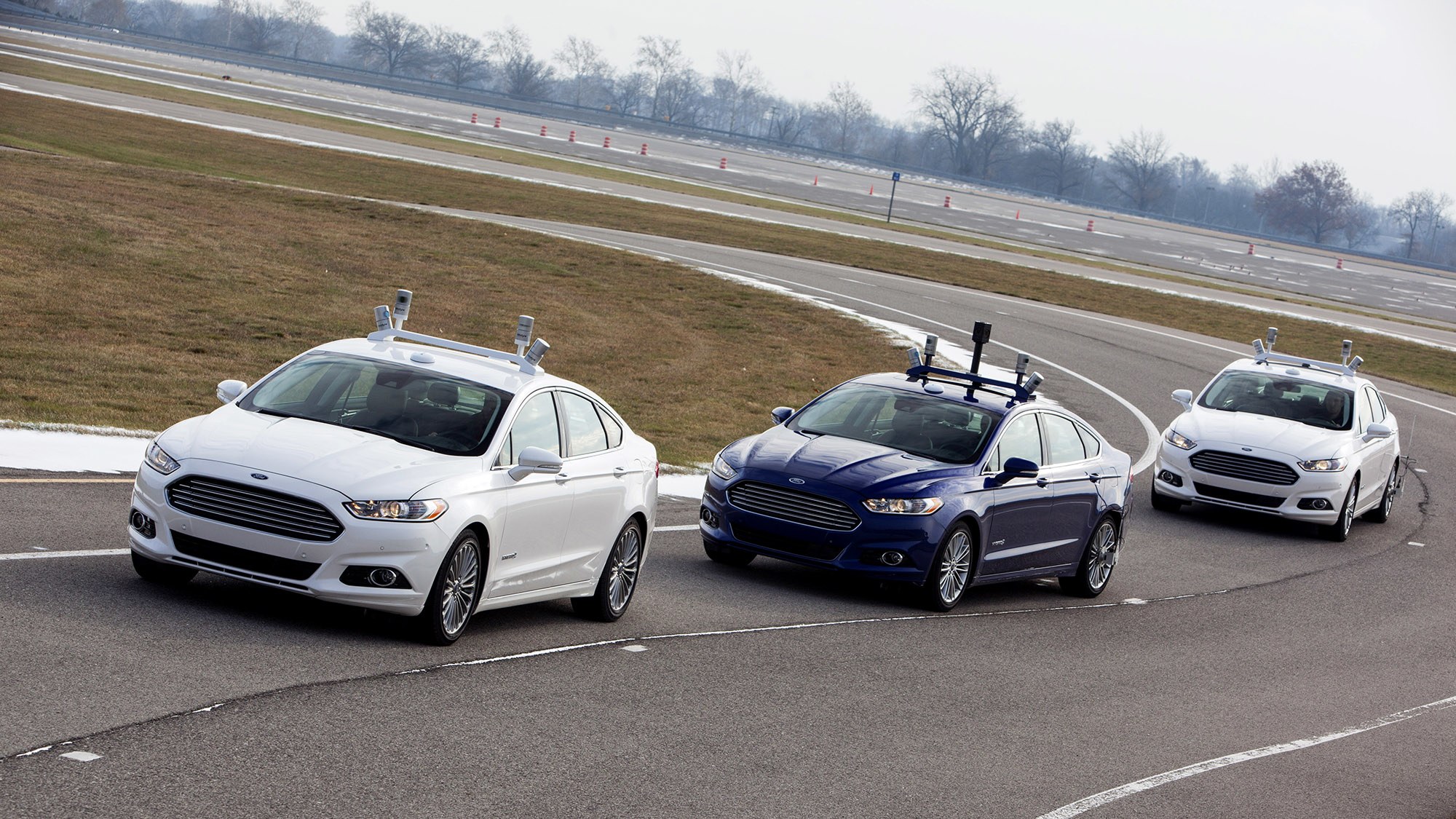
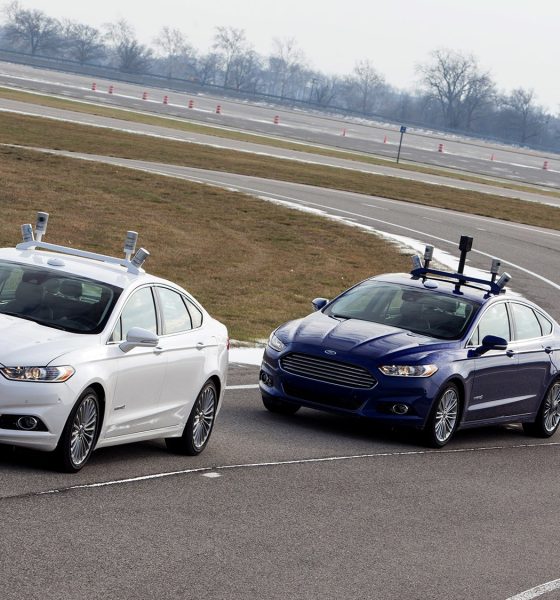
Lifestyle
Ford ousts CEO Mark Fields, promotes chief of mobility division to Global CEO
This post first appeared on NextMobility
Ford is planning to announce a massive change in company direction and culture – the company is now committing to the future of mobility. According to the New York Times, Former CEO Mark Fields has been ousted from the company and Jim Hackett is the company’s new CEO. Hackett was appointed to lead a Ford subsidiary last spring called Ford Smart Mobility.
“Jim Hackett is the right CEO to lead Ford during this transformative period for the auto industry and the broader mobility space. He’s a true visionary who brings a unique, human-centered leadership approach to our culture, products, and services that will unlock the potential of our people and our business.” – Bill Ford, Executive Chairman of Ford
Early last year, GM took massive steps towards becoming a mobility company, while Ford has largely stayed quiet on the topic. When the company launched this new division last year, it was unclear what specifically the division would develop. Now, Ford’s new change in management clearly signals that mobility is the company’s main focus. “Ford is aggressively pursuing emerging opportunities through Ford Smart Mobility, the company’s plan to be a leader in connectivity, mobility, autonomous vehicles, the customer experience and data and analytics,” Ford says on their website. By appointing Hackett as CEO, the company has now decided to follow GM’s steps and enter the mobility business.
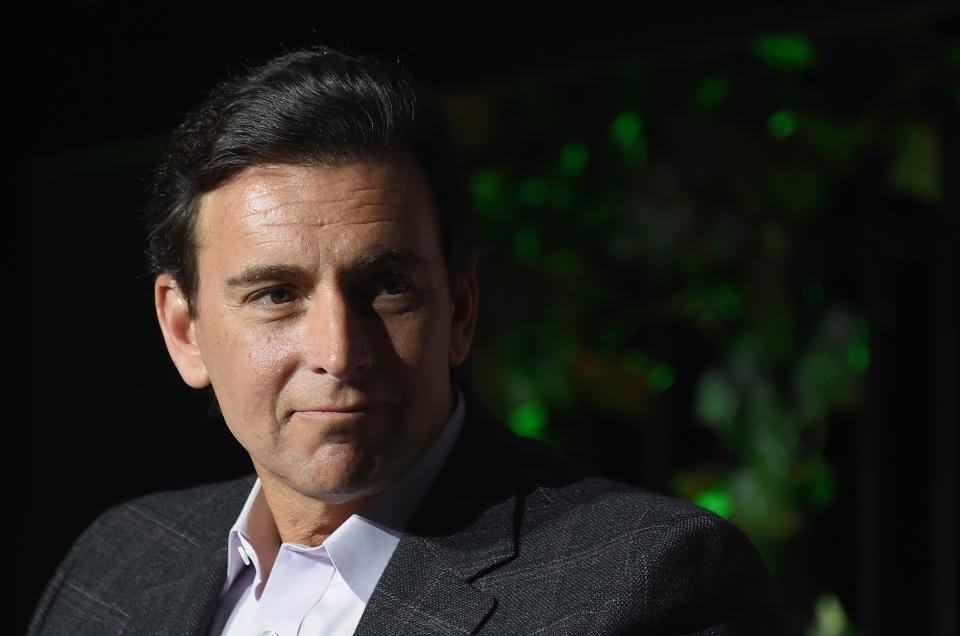
Former Ford CEO, Mark Fields
The ousted Ford CEO, Mark Fields had just announced new cost-cutting measures at the company, including laying off 1,400 workers last week. Unlike Fields, Hackett should be expected to invest heavily into autonomous driving technology and car-sharing operations. It’s unclear whether Ford will stick with its new strategy to shift investments towards SUVs and trucks. While Hackett has a focus on transforming the auto manufacturer into a mobility company, his lack of background in either the tech or automotive sector raises questions. Hackett was previously CEO of furniture company Steelcase for nearly 20 years, before joining Ford’s board of directors in 2013. Fields has recently been under attack from investors, as Ford’s stock has plummeted 40% during his short tenure.
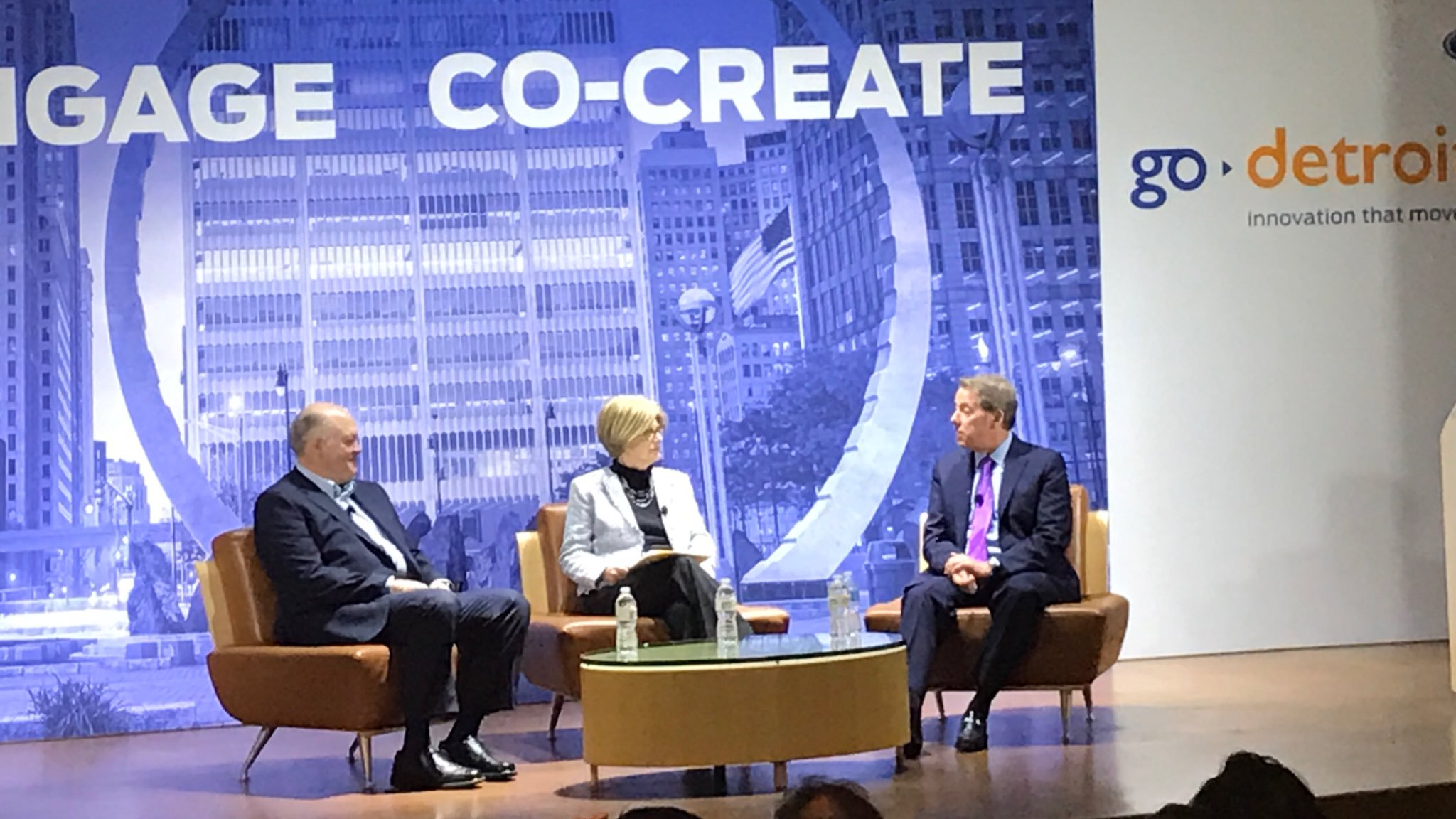
This change in management comes just before Tesla puts the highly-anticipated Model 3 into production this July. Tesla also plans to deploy an autonomous ride-sharing network with the Model S, X and 3 within the next few years, allowing for the company to become a dominate vertically-integrated player in the mobility industry. Additionally, traditional automakers looking to enter the ride-sharing sector were in for a shock after Lyft and Waymo announced a major partnership last week.
Hackett will concentrate on 3 main focuses for the company as it transforms into a mobility company:
- Sharpening operational execution across the global business to further enhance quality, go-to-market strategy; product launch, while decisively addressing underperforming parts of the business
- Modernizing Ford’s business, using new tools and techniques to unleash innovation, speed decision making and improve efficiency. This includes increasingly leveraging big data, artificial intelligence, advanced robotics, 3D printing and more
- Transforming the company to meet future challenges, ensuring the company has the right culture, talent, strategic processes and nimbleness to succeed as society’s needs and consumer behavior change over time
Dissimilar to Ford’s Fields, GM’s Mary Barra hasn’t been sitting on the sidelines this past year, Barra has made significant investments in the Mobility sector as she attempts to pivot the $53B behemoth. GM partnered and invested $500M into ride-share provider Lyft, launched the car-sharing company Maven, and purchased autonomous car startup, Cruise. All awhile, Ford’s Fields has been focused on cutting costs as Ford’s sales have been encroached by GM’s nearly all-new lineup.
Only time will tell if Hackett is cut out to battle the likes of Mary Barra, Elon Musk, John Krafcik, and Travis Kalanick, as the Mobility sector disrupts the massive automotive industry.
Source: New York Times, Ford

Lifestyle
Tesla Model S Plaid battles China’s 1500 hp monster Nurburgring monster, with surprising results
There is just something about Tesla’s tuning and refinement that makes raw specs seem not as game-changing.
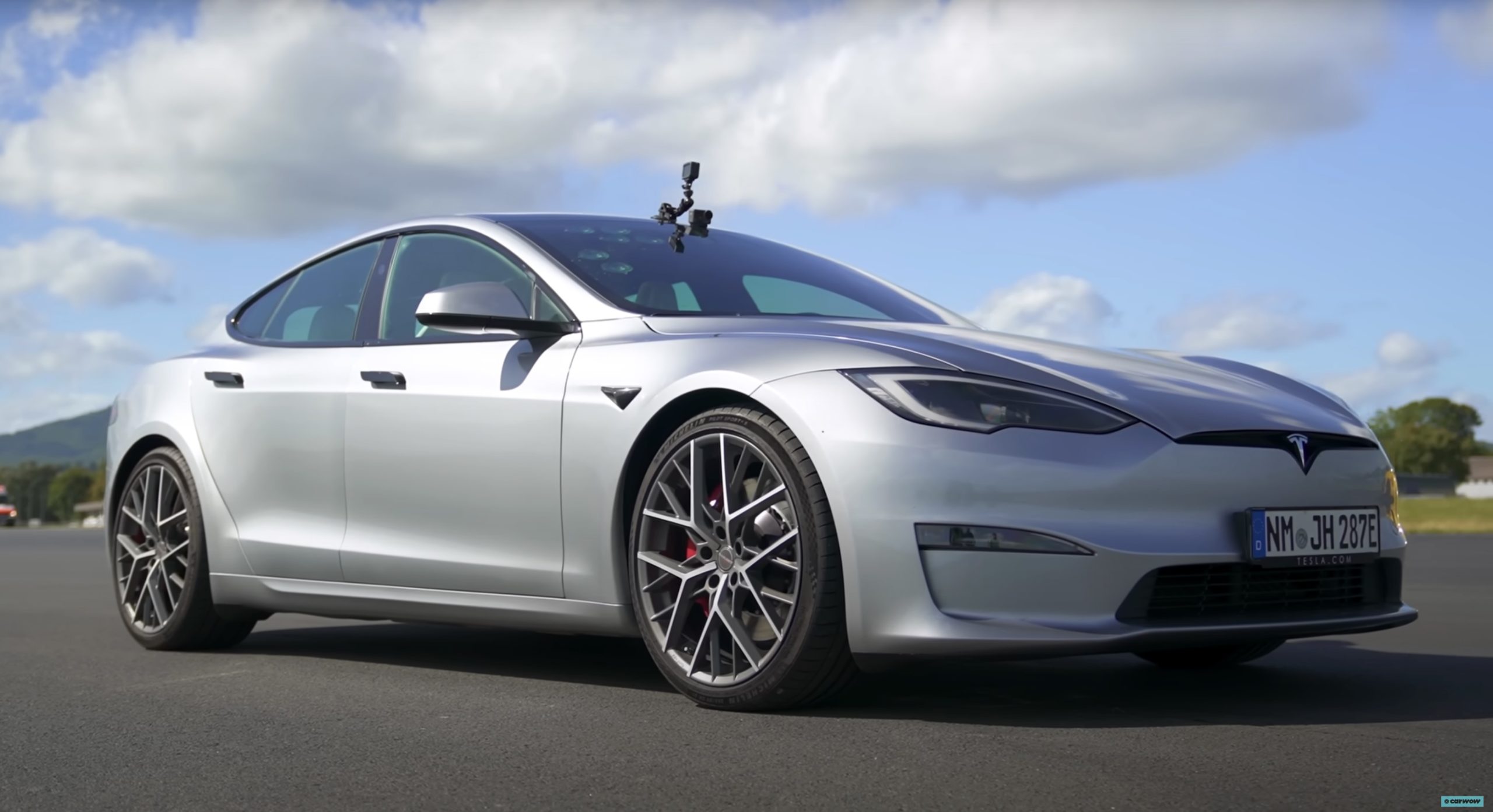
The Tesla Model S Plaid has been around for some time. Today, it is no longer the world’s quickest four-door electric sedan, nor is it the most powerful. As per a recent video from motoring YouTube channel Carwow, however, it seems like the Model S Plaid is still more than a match for some of its newer and more powerful rivals.
The monster from China
The Xiaomi SU7 Ultra is nothing short of a monster. Just like the Model S Plaid, it features three motors. It also has 1,548 hp and 1,770 Nm of torque. It’s All Wheel Drive and weighs a hefty 2,360 kg. The vehicle, which costs just about the equivalent of £55,000, has been recorded setting an insane 7:04.957 at the Nurburgring, surpassing the previous record held by the Porsche Taycan Turbo GT.
For all intents and purposes, the Model S Plaid looked outgunned in Carwow’s test. The Model S Plaid is no slouch with its three motors that produce 1,020 hp and 1,420 Nm of torque. It’s also a bit lighter at 2,190 kg despite its larger size. However, as the Carwow host pointed out, the Model S Plaid holds a 7:25.231 record in the Nurburgring. Compared to the Xiaomi SU7 Ultra’s record, the Model S Plaid’s lap time is notably slower.
Real-world tests
As could be seen in Carwow’s drag races, however, Tesla’s tech wizardry with the Model S Plaid is still hard to beat. The two vehicles competed in nine races, and the older Model S Plaid actually beat its newer, more powerful counterpart from China several times. At one point in the race, the Xiaomi SU7 Ultra hit its power limit due to its battery’s temperature, but the Model S Plaid was still going strong.
The Model S Plaid was first teased five years ago, in September 2020 during Tesla’s Battery Day. Since then, cars like the Lucid Air Sapphire and the Xiaomi SU7 Ultra have been released, surpassing its specs. But just like the Model Y ended up being the better all-rounder compared to the BYD Sealion 7 and the MG IM6, there is just something about Tesla’s tuning and refinement that makes raw specs seem not as game-changing.
Check out Carwow’s Model S Plaid vs Xiaomi SU7 drag race video below.
Lifestyle
500-mile test proves why Tesla Model Y still humiliates rivals in Europe
On paper, the BYD Sealion 7 and MG IM6 promised standout capabilities against the Model Y.
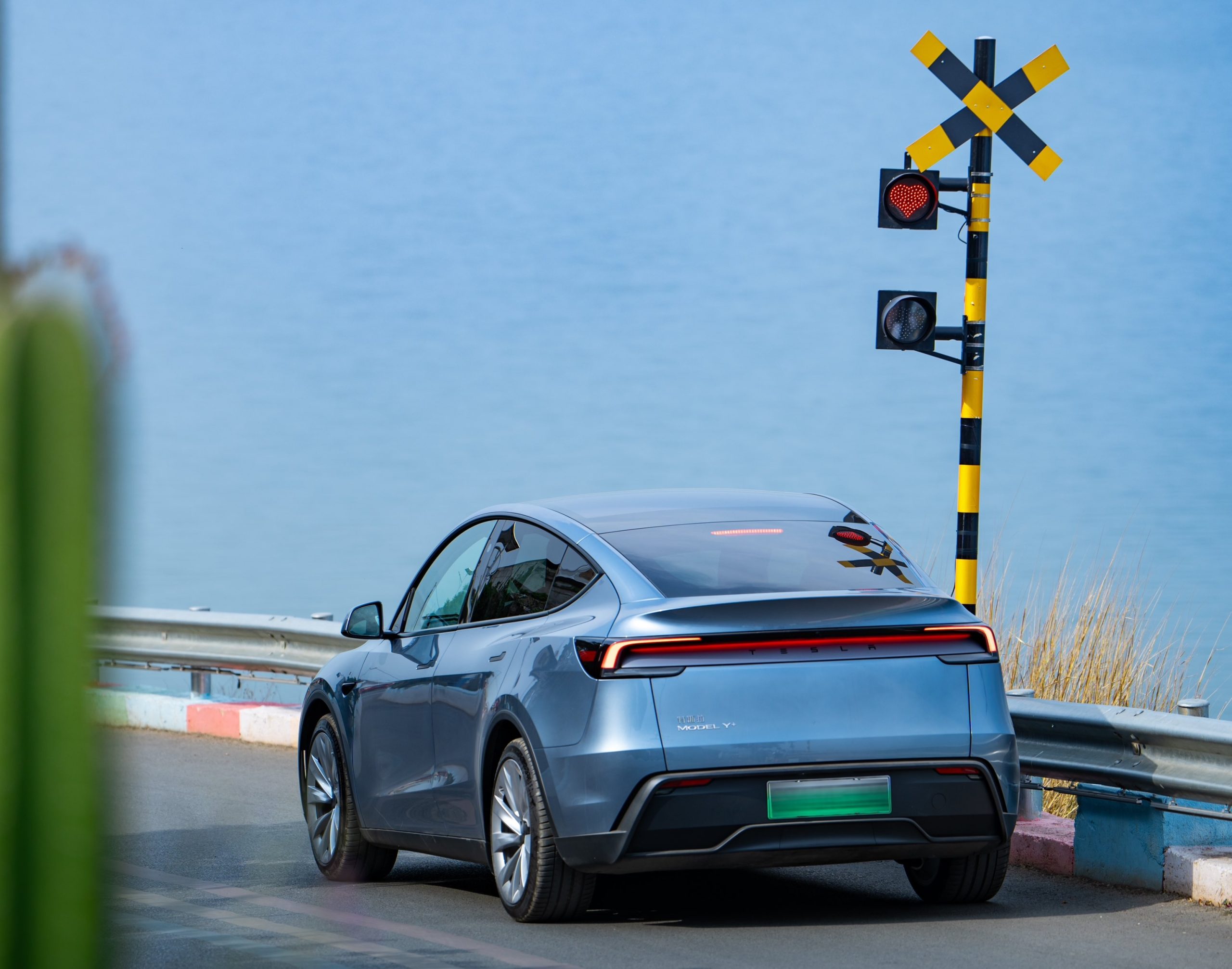
BYD is seeing a lot of momentum in Europe, so much so that mainstream media has taken every opportunity to argue that the Chinese automaker has beaten Tesla in the region. But while BYD sales this year in Europe are rising and Tesla’s registrations remain challenged, the raw capabilities of vehicles like the Model Y are difficult to deny.
This was highlighted in a 500-mile challenge by What Car? magazine, which showed that the new Tesla Model Y is more efficient, cheaper to run, and more reliable than rivals like the BYD Sealion 7, and even the nearly 400 KW-charging MG IM6.
Range and charging promises
On paper, the BYD Sealion 7 and MG IM6 promised standout capabilities against the Model Y. The Sealion 7 had more estimated range and the IM6 promised significantly faster charging. When faced with real-world conditions, however, it was still the Model Y that proved superior.
During the 500-mile test, the BYD nearly failed to reach a charging stop, arriving with less range than its display projected, as noted in a CarUp report. MG fared better, but its charging speeds never reached its promised nearly-400 kW charging speed. Tesla’s Model Y, by comparison, managed energy calculations precisely and arrived at each stop without issue.
Tesla leads in areas that matter
Charging times from 25% to 80% showed that the MG was the fastest at 17 minutes, while Tesla and BYD were close at 28 and 29 minutes, respectively. Overall efficiency and cost told a different story, however. The Model Y consumed 19.4 kWh per 100 km, compared to 22.2 for MG and 23.9 for BYD. Over the full trip, Tesla’s charging costs totaled just £82 thanks to its supercharger network, far below BYD’s £130 and MG’s £119.
What Car? Magazine’s testers concluded that despite BYD’s rapid sales growth and the MG IM6’s seriously impressive charging speeds, Tesla remains the more compelling real-world choice. The Model Y just offers stability, efficiency, and a proven charging infrastructure through its Supercharging network. And as per the magazine’s hosts, the Model Y is even the cheapest car to own among the three that were tested.
Watch What Car? Magazine’s 500-mile test in the video below.
Lifestyle
Tesla Cybertruck slapped with world’s least intimidating ticket, and it’s pure cringe
One cannot help but cringe and feel second-hand embarrassment at the idea of a person just driving around with a stack of these babies.
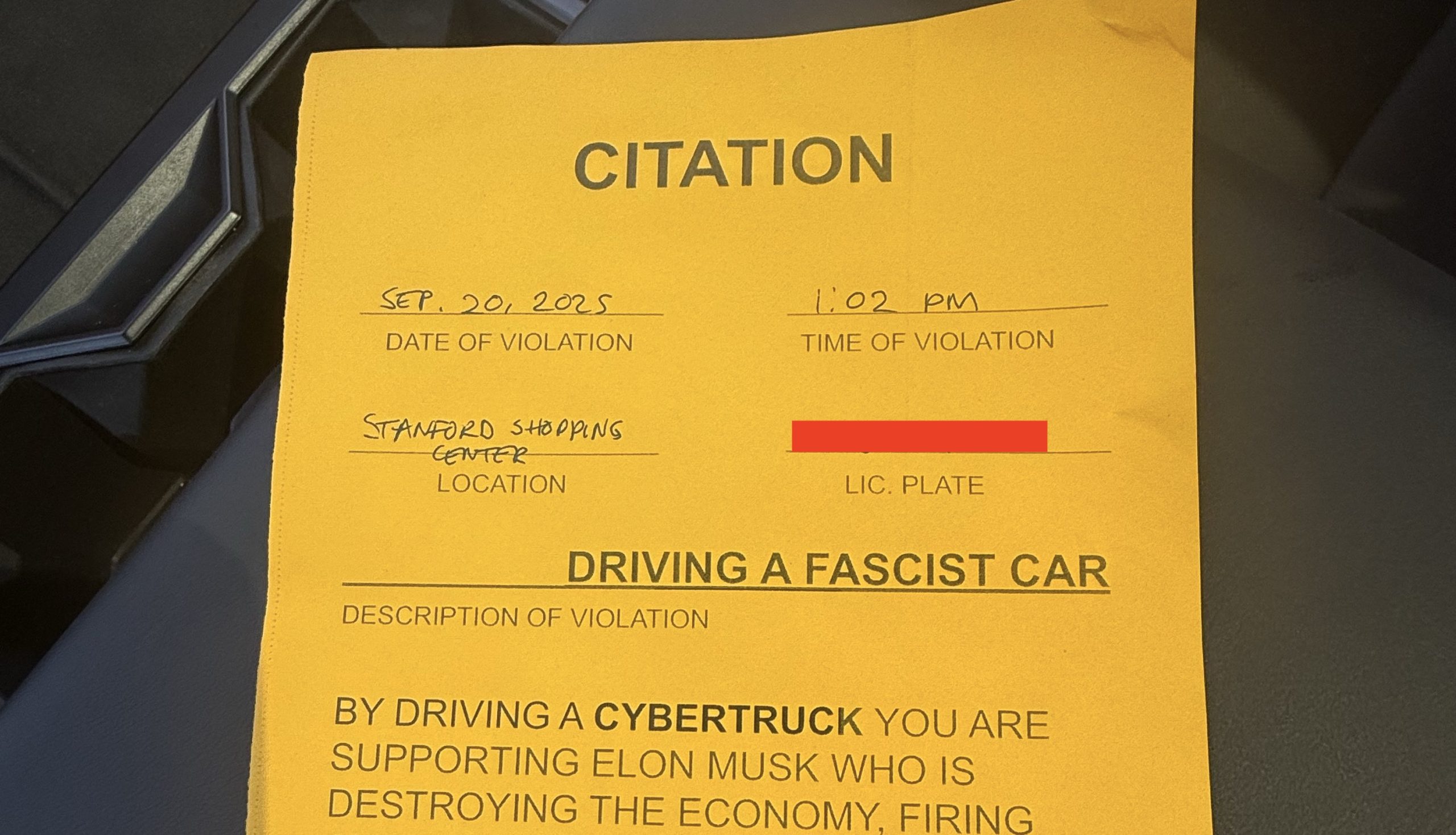
A Cybertruck parked at Stanford Shopping Center in California was recently hit with what might be the most try-hard piece of paper ever slipped under a wiper blade: a “fake citation” accusing the driver of supporting a “fascist car.”
The note, shared on X by Tesla staff program manager Ryan Torres, quickly made the rounds on X, where it quickly gained attention as an example of how not to protest.
The world’s least intimidating ticket
According to the citation, the supposed “violation” was “driving a fascist car.” The remedial action? Take the bus, call an Uber, or ride a bike. The note also dubbed Elon Musk a “chainsaw-wielding Nazi billionaire.” Now, protests against Tesla and Elon Musk have become commonplace this year, but one cannot help but cringe and feel second-hand embarrassment at the idea of a person just driving around with a stack of fake anti-Tesla/Musk citations.
Torres pointed out the irony himself in his post on X. Tesla currently employs over 140,000 Americans, and SpaceX has put the U.S. firmly back at the top of space technology. As Torres put it, maybe the person behind the world’s least intimidating ticket should “read a book on innovation before vandalizing” other people’s property.
Peak performative clownery
Not to mention that the fake ticket’s logic collapses under its own weight. EVs like the Cybertruck are literally designed to reduce emissions, not “destroy the economy.” If anything, Tesla has bolstered the United States’ economy by fueling jobs in engineering, manufacturing, and clean energy. It’s not the first time a Tesla has been the target of vandalism or politically charged notes, but this one stands out for sheer cringe value.
Torres summed it up neatly: “Peak clownery.” On that point, at least, the citation earns full marks. In a way, though, perhaps cringe fake tickets are not as bad as the literal firebombs that were being thrown at Tesla stores and cars earlier this year because some critics were gleefully misinformed about Elon Musk.








